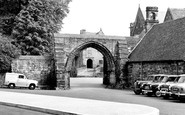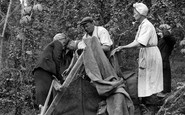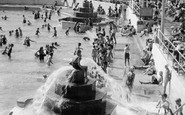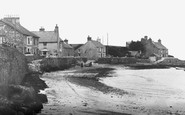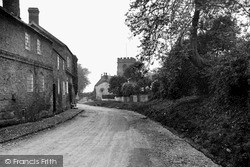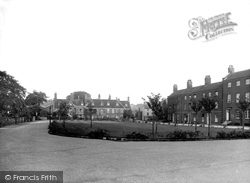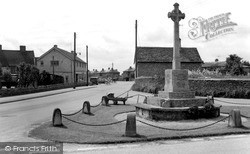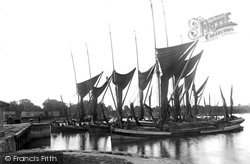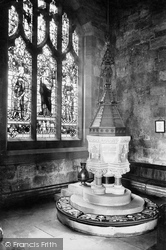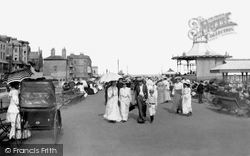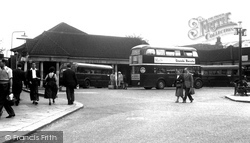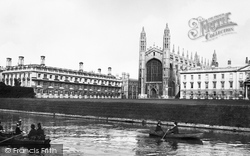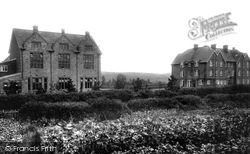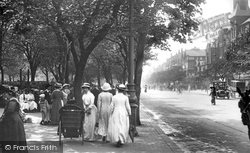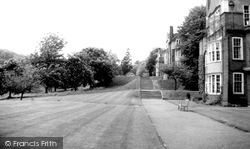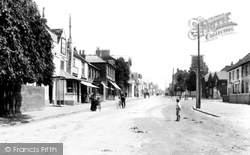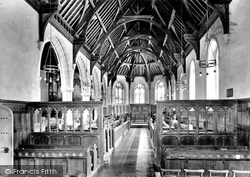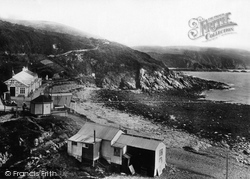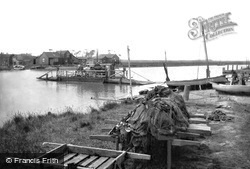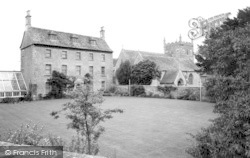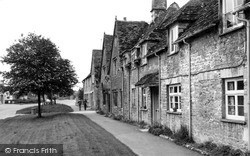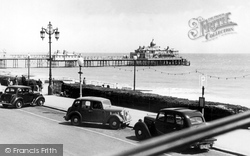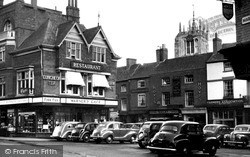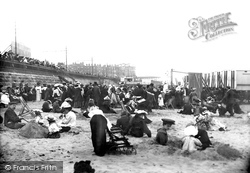Places
18 places found.
Those places high-lighted have photos. All locations may have maps, books and memories.
- Hythe, Kent
- Hythe, Hampshire
- Small Hythe, Kent
- Bablock Hythe, Oxfordshire
- Methwold Hythe, Norfolk
- Hythe, Somerset
- Hythe, Surrey
- Hythe End, Berkshire
- The Hythe, Essex
- Egham Hythe, Surrey
- West Hythe, Kent
- New Hythe, Kent
- Broad Street, Kent (near Hythe)
- Horn Street, Kent (near Hythe)
- Newbarn, Kent (near Hythe)
- Newington, Kent (near Hythe)
- Broad Street, Kent (near Hythe)
- Stone Hill, Kent (near Hythe)
Photos
360 photos found. Showing results 481 to 360.
Maps
101 maps found.
Books
10 books found. Showing results 577 to 10.
Memories
4,406 memories found. Showing results 241 to 250.
Good
I was at Styal 1960, I was in Snow White House, my sister was there at the same time she was in Wendy House as she was only 5yrs old. Maria and Claire Donnelly. Claire stayed for 3 years. I remember Nurse Pinfold she was the SRN I visited her many ...Read more
A memory of Styal by
The New Nhs
Straight from school at 17 and a half, I started training at Treloars in 1948. The Managers had managed the transfer to the NHS very efficiently! As Lord Burnham was Chairman of the Board [and also of the Daily Telegraph! ] we we well ...Read more
A memory of Alton by
Before The By Pass
In the 1960s winter frost would make going up Greenhead and Glenwhelt Bank too slippery for cars and lorries - they would need to wait for it to thaw. A few wagons crashed into a tree on the right hand bend - it's now a house ...Read more
A memory of Greenhead by
The Village Bobbies' Car
My late father, Tom Jenkinson, was the village policeman in Repton from the early 50's until near his retirement in 1973. This photograph shows his car parked with others by the Arch. The old Ford Squire 60ARB.. I was very ...Read more
A memory of Repton in 1955 by
Hop Picking
Paddock Wood, in particular Beltring, the home of the famous Whitebread Oasts, was the centre of the Hop Gardens of Kent. The Gardens were set out with rows of elevated wire tressles which were supported at intervals by poles. In ...Read more
A memory of Paddock Wood in 1940 by
West Wittering In The 1940s And 50s
My first memories are of playing on the huge expanse of sand at West Wittering and the bombing tower which used to be there after the war. We stayed on the beach till late and were put to bed in the back of ...Read more
A memory of West Wittering by
Bricklayers Arms
Researching my family history I have found the sale papers for the Bricklayers Arms. It was sold by my Great Grandmother, her husband was Frederick Easom Robinson. It was sold on Friday 8th august 1890. The sale was for Brewhouse ...Read more
A memory of Whittlesey in 1890 by
By The Cut
born in 1948 in a place called Cappenfield near Bilston, just off Dudley street, just four houses in a row surrounded by fields,, the canal, or cut, as we all called it ran alongside, and it narrowed down to what we called the stop,it was ...Read more
A memory of Tipton by
Bubbles Up Your Bum!
Just look closely at the picture, sitting on top of the fountain was half the fun & excitement of coming to the pool. Water wings under my arms and the supervision of Granddad Russell I made my first attempt at learning to ...Read more
A memory of Plymouth in 1958 by
Parrog From My Childhood
Parrog has changed very little in the 4 decades that I have been visiting and probably for decades before my arrival. I first visited as a child each year and now take my own daughter there each year too. The houses remain ...Read more
A memory of Parrog by
Captions
4,899 captions found. Showing results 577 to 600.
This photograph shows Eccleston church about ten years before it was rebuilt in the style of the 14th century by G F Bodley; the work was paid for by the first Duke of Westminster.
This view is now obscured by the trees, which were newly-planted then, but have now matured.
Beyond the war memorial is a drystone wall topped by the sign that reads Broadway Lane. A typical feature of the Cotswolds, the centuries old craft of drystone walling flourishes to the present day.
Vessels like these were very much the mainstay of trade along the east coast, although by the time this photograph was taken, their days were certainly numbered.
This was presented to the town in 1888 by the sculptor Lord Ronald Gower. Around the base are characters from various plays.
In the earlier 18th century, High Wycombe was described by the noted antiquarian and historian Browne Willis as 'in all respects the best and wealthiest town in Bucks'.
The window was glazed by the Pease family in memory of Lady Pease of the nearby Hutton and Pinchinthorpe estate.
The elegant late-Victorian bandstand has now been replaced by The Lido, which offers the audience protection from the elements and traffic noise.
This London Transport station at Edgware was designed by the notable architect Charles Holden; it opened in 1925.
Osmington is an ancient manor founded by the Saxon King Athelstan, though most visitors pass through the village to see the chalk figure of a later king, George III, carved on the downlands to the north
The scene is dominated by the breathtaking Perpendicular splendour of King's College Chapel.
At this time, this site had only been occupied by the school for no more than a year.
They could be hired by the hour from the likes of John White in Shakespeare Street, or from the hydropathic establishments.
Wycombe Abbey School's first architect, was commissioned by the school to build boarding houses, classroom blocks and dormitories, which were mostly built between 1898 and 1902, with the chapel following
Some time during the second half of the 19th century, Bracknell became a town, helped by the coming of the railway in 1856 and the development of market gardening and brick-making.
This view shows a screen that had disappeared by the 1950s.
Port Soderick was developed in the 1890s by the Forrester family, and was one of the first attractions created for the tourist industry.
The white wooden huts on the left were used by the local air-training
This chain ferry across the River Blyth from Walberswick to Southwold was operated by the River Blyth Ferry Company.
At the north end is Edwards College, built in Tudor-Gothic style as a home for clergy widows, founded by the will of Anne Edwards in 1834.
At the north end is Edwards College, built in Tudor-Gothic style as a home for clergy widows, founded by the will of Anne Edwards in 1834.
The Victorian domed kiosk between the mid-saloons and the Kursaal had been removed by the time this view was taken, and the Kursaal itself has since had the left-hand end simplified and the turrets removed
Judging by the parked cars, it is not a market day. The upper windows of Warner's Café are attractively surrounded with half-crown tiles.
These were the days of the fortnight by the sea - bucket and spade holidays with simple activities.
Places (18)
Photos (360)
Memories (4406)
Books (10)
Maps (101)

